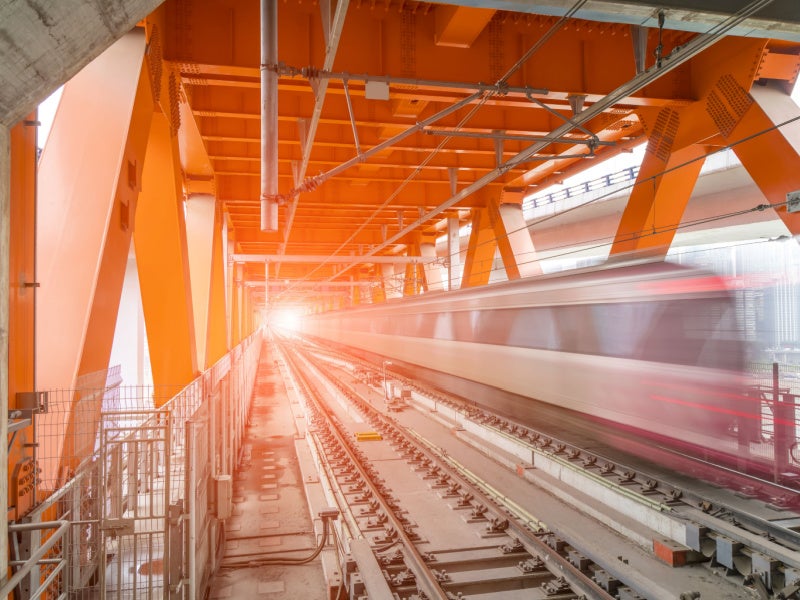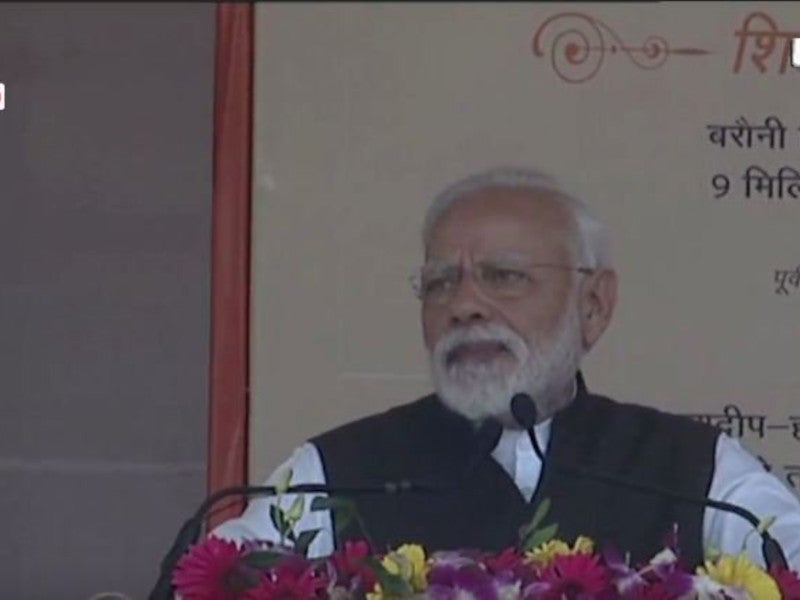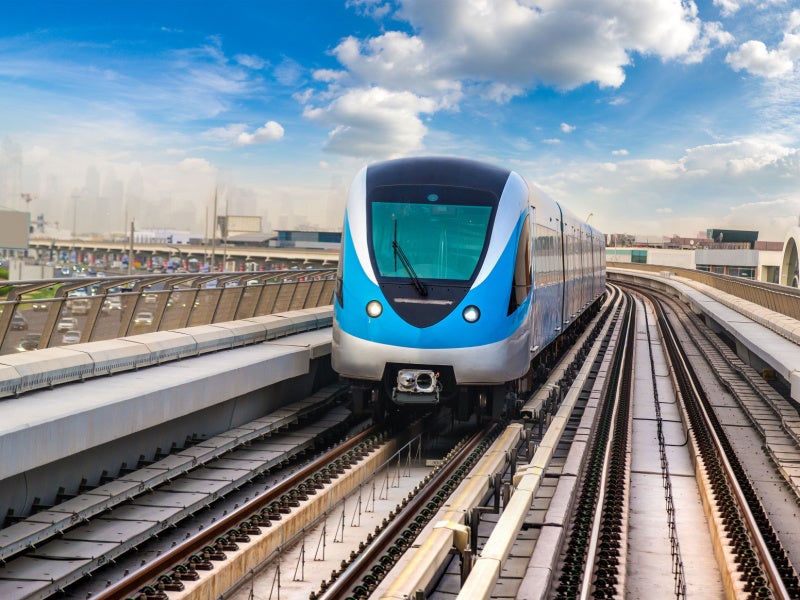Patna metro rail is the first mass rapid transit system in Patna, the capital city of Bihar, India. The project is being developed by the Patna Metro Rail Corporation (PMRC), a public company formed in February 2019. PMRC, along with Rail India Technical and Economic Service (RITES), prepared the final detailed project report (DPR) for the first phase of the metro rail project.
The state and central governments approved the project in February 2016 and 2019, respectively. The foundation stone of the metro rail project was laid in February 2019. Phase one of the project is expected to start operations in 2024.
Need for a metro rail project in Patna
Patna is a tier-two city with a population of 2.6 million. It has witnessed an increased registration of two-wheelers and cars and rapid urbanisation, resulting in increased traffic and congestion in the city. The existing public transportation systems are not adequate to meet the rising transport demand. Environmental pollution caused by the growing number of private vehicles also necessitates the development of additional public transportation infrastructure such as metro rail.
The Patna metro rail project is expected to reduce traffic congestion on the roads and thus the impact on environment.
Patna metro rail routes and stations
Phase one of the Patna metro rail project is expected to be 30.91km long, featuring 26 metro stations across two corridors. The metro will have a standard gauge track of 1,435mm.
The 17.78km-long Corridor 1 will connect the Danapur and Khemni Chak stations. It will include 7.01km of elevated sections, 0.31km of elevated ramp, 0.29km of ramp U-type retaining wall, and 10.17km of underground sections. The corridor will link the Suguna-Danapur main road, Bailey road, Fraser road, Patna junction station, Mithapur bus stand road, and Patna-Sitamarhi road. It will have 14 metro stations, including six underground and eight elevated.
Corridor 2, which will be 14.2km long, is expected to run between Patna Junction and the New ISBT stations. It will include 7.8km of elevated sections, 0.15km of elevated ramp, 0.30km of ramp U-type retaining wall, and 5.95km of underground sections. Corridor 2 will have 12 stations, including six underground and six elevated stations.
The corridor will connect Fraser road, Gandhi Maidan road, Ashok Rajpath road, Moin Ul Hap, Rajendra Nagar station, Kankarbagh main road, Malahi Pakri road, 90 Feet road, Patna-Sitamarhi road, and Bodhgaya road.
Patna underground station and Khemni Chak elevated station are expected to be the interchange stations. The metro project will also involve the development of a depot near the New ISBT station.
Patna metro project infrastructure
The connectivity between the metro and existing public transport is proposed to be strengthened by constructing local bus stops, car and bicycle parking, and signages.
All elevated stations will have similar station sizes and concourse formats, except for Khemni Chak station. Different colours are proposed for the concourse interiors of each station to help the passengers easily distinguish and identify the stations. The underground stations will have an upper level (concourse) and a lower level (island platform).
The platform width will vary depending on the passenger capacity of each station and is expected to be a minimum of 3m.
Rolling stock
The train sets considered for the Patna metro rail project will be made of either stainless steel or aluminium. The trains will be operated in three-car and six-car configurations. Each train will have a front emergency door and electrically operated, bi-parting sliding doors. The maximum axle load will be 16t with eight passengers per m².
The maximum train length will be 129m. The design speed of the train is expected to be 95km/h while the operational speed is expected to be 85km/h.
Signalling and telecommunication
The Patna metro project will feature automatic fare collection (AFC) systems, an uninterrupted power supply (UPS), and communication-based train control (CBTC). As a part of CBTC, automatic train protection (ATP), automatic train supervision (ATS), and automatic train operation (ATO) subsystems will be installed.
The telecommunication system will include a fibre optics transmission system (FOTS) and an IP-multi-protocol label (IP-MPLS) transmission system, telephone exchange, mobile radio communication system, public address system, centralised clock system (GNSS synchronisation), passenger information display system (PIDS), close circuit television (CCTV), central voice recording system (CVRS), digital voice recording system (DVRS), and central fault reporting system (CFRS).
Contractors involved
Delhi Metro Rail Corporation (DMRC), which operates the Delhi Metro, is the general consultant for the Patna metro rail project.
In December 2021, the construction division of Larsen & Toubro, an engineering, construction and manufacturing company based in India, was appointed to design and construct six underground metros, a 6km twin tunnel using the Shield tunnel boring machine (TBM), a tunnel by cut and cover, and an underground ramp at Rajendra Nagar. The contractual scope also includes architectural finishing, drainage, and sanitary works from New ISBT station to Patna station.
Nagarjuna Construction Company (NCC), a construction company based in India, was awarded the contract to design and construct the elevated viaduct, elevated ramp and viaduct connections to the depot, elevated ramps at five elevated stations, stabling, and viaduct extension for Corridor 1 at Khemni Chak station in September 2020.
A joint venture of YFC Projects, an engineering and construction services provider based in India, and Montecarlo Construction, an infrastructure development company based in India, received the contract for constructing elevated viaducts and ramps at seven metro stations in December 2021.
KEC International, an engineering procurement and construction company based in India, was engaged to conduct electrical works including the design, installation, and commissioning of receiving-cum-traction and the auxiliary main substation, including high-voltage cabling from the grid substation in October 2021. The company received another contract for the supply, installation, and testing of 25kV overhead systems, 33kV ring mains, and supervisory control and data acquisition systems (SCADA) for the depot and elevated and underground sections of Corridors 1 and 2 in April 2022.
AKS Ventures, a construction services company based in India, and Niranjan Enterprises, a construction company based in India, received the contract for the supply, installation, and testing of the 33kV, 11kV, and low tension (LT) electrical utilities of South Bihar Power Distribution Company (SBPDCL), and the dismantling and relocation of high mast and streetlights of different sections of Corridors 1 and 2.
Tuaman Engineering, an engineering procurement and construction company, was contracted to perform electrical and mechanical system works at elevated stations of Corridors 1 and 2 of the Patna metro rail project.






